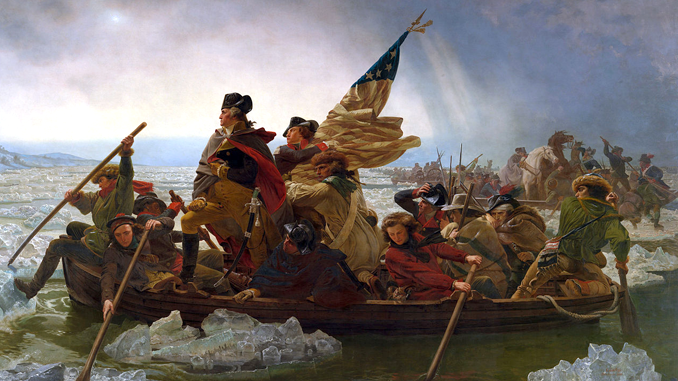
“Listen, my children, and you shall hear / Of the midnight ride of Israel Bissell.” Nah, doesn’t work. And besides, it undersells him.
Paul Revere’s Ride by Henry Wadsworth Longfellow is a key piece of American literature, tied intimately with a key piece of American history – when Paul Revere watched for the lantern signals to indicate when the British troops were on the move toward Concord. Travelling thirty miles on horse in the middle of the night, he woke the revolutionaries along his route and allowed the colonists to intercept – and defeat – the British at Lexington Green.
Some remember the other men who accompanied Revere, specifically Richard Dawes and Samuel Prescott. The actions of those three in particular, and the others who, being alerted, further spread the alarm marked a key event in the creation of the country, and without them the world might well be quite different.
But what of the rest of the colonial army? Troop movements were not guided by telegraph, much less computer or telephone. They had to be decided based on word passed in person, whether by voice or note. And that’s where Israel Bissell comes into play.
While Revere rode to rouse the locals, Bissell rode somewhere else in the midnight hours of April 19th. Specifically, he rode to Philadelphia, to warn the leaders of the revolution.
He carried a note, which was printed in some of the papers of the day. From Constitution Facts:
To all the friends of American liberty be it known that this morning before break of day, a brigade, consisting of about 1,000 to 1,200 men landed at Phip’s Farm at Cambridge and marched to Lexington, where they found a company of our colony militia in arms, upon whom they fired without any provocation and killed six men and wounded four others. By an express from Boston, we find another brigade are now upon their march from Boston supposed to be about 1,000. The Bearer, Tryal Russell, is charged to alarm the country quite to Connecticut and all persons are desired to furnish him with fresh horses as they may be needed. I have spoken with several persons who have seen the dead and wounded. Pray let the delegates from this colony to Connecticut see this.
Bissell was a member of the postal express, and experienced on a horse. He put that experience to good use, riding for more than four days at an average of more than 70 miles per day to get to Philadelphia.
It may not seem like much by today’s standards, but that is an arduous journey by horse.
Unfortunately, the misspelled name in the hastily-written letter and the fact that there was another member of the revolution with the name Isaac Bissell have raised questions as to whether he truly made the ride, or whether it was a series of riders who just decided to use that name. Although why a series of riders would choose to call themselves Israel Bissell, particularly if one of them were named Isaac, has yet to be explained.
Let me put on my conspiracy debunking hat here for a moment, crossing over the weekend column and the Owl, and point out a simple fact which could explain the questions about the different people who reportedly made legs of the ride, including Isaac Bissell, Tryal Russell and Trail Bissell: many people in the time of the American Revolution were, even among the literate, lousy spellers.
Question of the night: Do you have a favorite poet?
